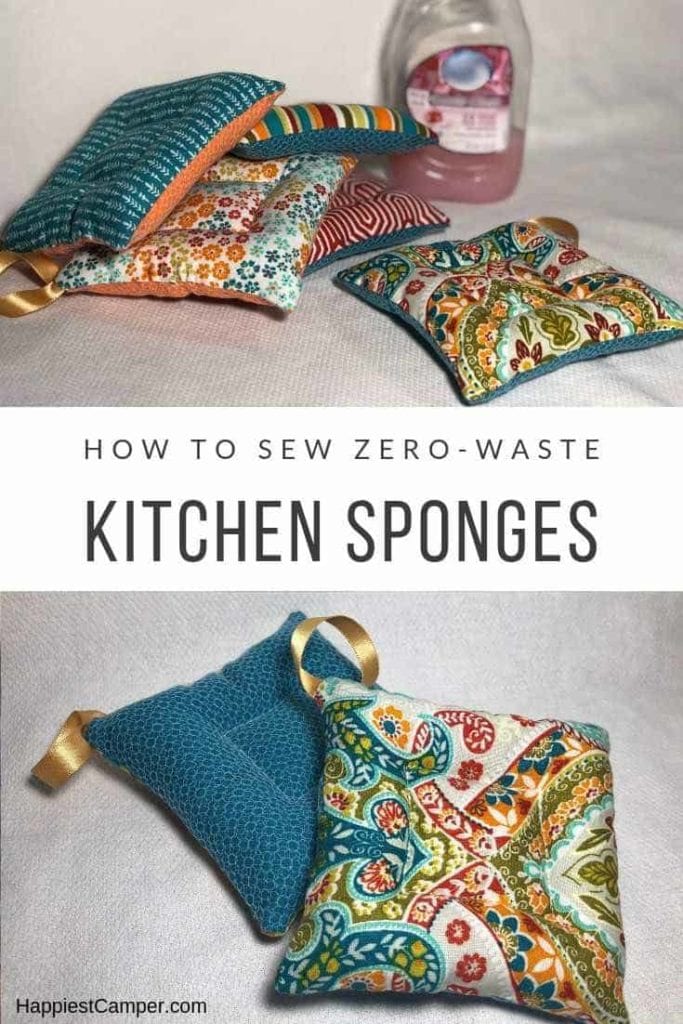To provide the best experiences, we use technologies like cookies to store and/or access device information. Consenting to these technologies will allow us to process data such as browsing behavior or unique IDs on this site. Not consenting or withdrawing consent, may adversely affect certain features and functions.
The technical storage or access is strictly necessary for the legitimate purpose of enabling the use of a specific service explicitly requested by the subscriber or user, or for the sole purpose of carrying out the transmission of a communication over an electronic communications network.
The technical storage or access is necessary for the legitimate purpose of storing preferences that are not requested by the subscriber or user.
The technical storage or access that is used exclusively for statistical purposes.
The technical storage or access that is used exclusively for anonymous statistical purposes. Without a subpoena, voluntary compliance on the part of your Internet Service Provider, or additional records from a third party, information stored or retrieved for this purpose alone cannot usually be used to identify you.
The technical storage or access is required to create user profiles to send advertising, or to track the user on a website or across several websites for similar marketing purposes.









[…] might want to check this DIY Zero Waste Kitchen Sponge, […]
This probably isn’t something I would do, since I really like my knitted dish cloths. But to the person who claims this is just a waste of time and materials, anyone who sews regularly is likely to have many scraps that could be used for something like this rather than being thrown out. You can buy very small amounts of tulle-1/8 yard, for example, which would make several of these without waste. And what equipment would we not have on hand? Sewing shears? A sewing machine? Seriously?
Yes, these would have to be washed frequently, just as I wash my knitted dishcloths frequently (every day). I do think these would be less effective than my dishcloths, but that would be their only drawback.
So useful and so pretty! Thank you!
Excellent idea.
This is such a clever idea! I’ve been using knitted cotton dishcloths, but even with regular washing, the colors have gone grey-ish and they now look awful. I’m going to have to make a bunch of these to use instead!
I like your style, but I hope you won’t mind if I offer some suggestions. When I saw this, my first thought was I finally had a use for some ratty old bath towels; I could make one side colorful cotton and the other side with terry. I like the poly-fil idea but I’m a quilter and have lots of cotton and polycotton batting scraps that could be used (I hate throwing them away). Two or three layers would make a nice sturdy “sponge”. But you could always use just the poly-fil or even a combination of the two.
I do hand sewing when necessary if I’m making a nice lined garment or adding hooks & eyes, but I hate hand-sewing so I’ve learned a technique which lets me close the stuffing hole by machine. I cut my pieces with a ½” seam allowance and when stitching them together, I lower the needle onto my seamline and using a 1.8mm stitch, I pivot it so I can sew perpendicular to the fabric edge where I stop, then reverse stitch back to the seamline. Pivoting again, I sew all the way around my piece, stopping where I choose to leave a big enough hole to stuff. Again, I pivot, stitch to the edge and reverse stitch back to the seamline. This may appear pointless, but when you turn your piece right side out, you’ll see that your opening is “squared up” nicely and the folded edges are straight and easy to match up. (Especially if you press your piece prior to stuffing) Once stuffed, you can still hand sew if you wish and you’ll find it easier as the edges are so even and neat. But I’d just turn it right side out, stuff, pin the opening and top-stitch about 1/4” from the edge on all sides. I’d then do the top-stitched square in the middle as you’ve done. Call me lazy if you wish, I don’t mind, but I’ve been sewing for over 60 years and love anything that makes a project quicker or easier (with no hand sewing).
‘Scuse me now, have to get back to my machine and start making these!
Hi Suzanne. Thank you for sharing your tip!!! I’m interested by your technique, but I wonder if you could post a picture. It is hard for me to visualize what you’re explaining.
Thanks again and happy sewing!
Suzanne, Love your idea about how to close up an open edge! I will try this (if I’m understanding it correctly!)!! Thank you.
I’m always amazed when people think they’re “saving the environment” by creating projects that take 10+ supplies and equipment, many of which you wouldn’t have on hand and would have to buy. Then they create an item that might, just might, last a couple of months, have to be washed frequently, and wouldn’t be as effective as a plain old dishrag or sponge. And that doesn’t even address the time involved in making it. It’s a sure indication that these people have way too much time and, yes, money, to waste.
I agree with you Penny. To buy supplies for this little project would be ridiculous and wasteful. I’ve seen some ideas that are just plain silly and do nothing for the environment.
But with all due respect to you, this one is thrifty because they also can be used in place of paper towels. I’m a quilter and I have LOTS of leftover scraps and bits that are perfect for this because they are too small or just not enough of one color. Little batting pieces can be zig-zagged together very quickly and used instead of poly-fil. Plus I have old bath towels than can be used for the “scrubber” side of this project. All fabrics are 100% cotton and I would rather whip up something useful with them rather than have them end up as landfill. And throwing a few of them in the washer with clothing I’m going to wash anyway makes sense.
With regards to kitchen sponge. I make mine with one side hessian material for a scratchy surface to clean baked on food. Also I use 100% cotton fabric and sandwich with 100% cotton batting so it is fully compostable.
If you fill with cotton batting scraps do they dry out after use? I thought they might fester….. I have both poly and cotton batting scraps and thinking about which to use up…
Cotton takes longer yo dry than polyester because it absorbs the water, and polyester doesn’t.